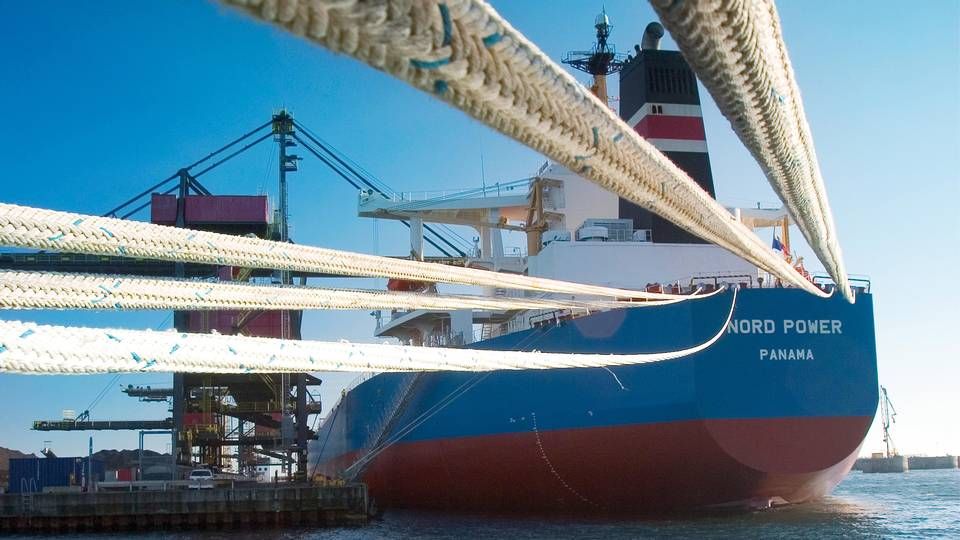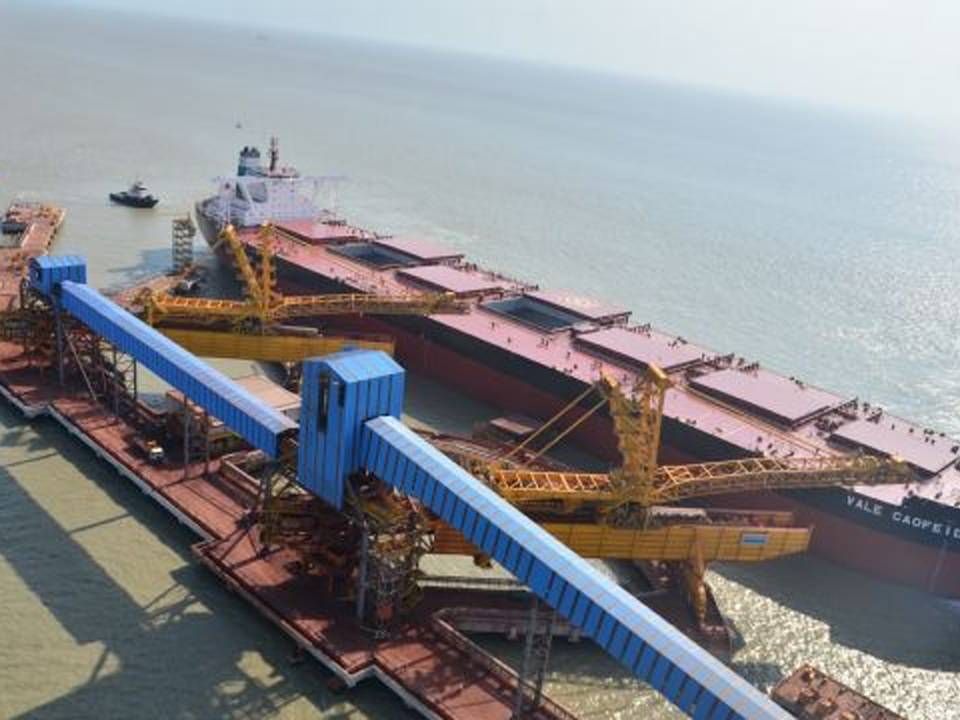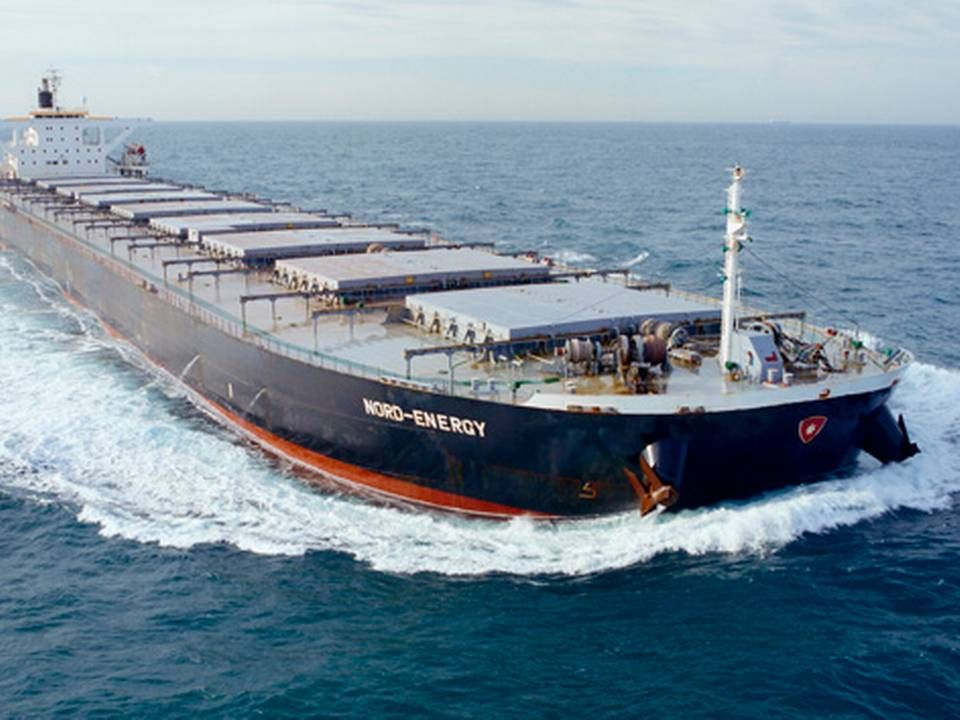Maersk Broker: Capesize rates set to soar now

The proper conditions are in place for the Capesize rates to make a big leap, and the rates are already underway, Research Manager Rikke Lysberg Bernbom of Maersk Broker tells ShippingWatch.
"The average time charter rate currently stands at around USD 16,000 for Capesize. For September the forward rates, FFA (Freight Forward Agreements) look set to reach USD 20,000, and the total average for the fourth quarter will be USD 26,000," she says, adding:
"There's a lot of optimism in the market, driven by the massive volumes of iron ore being sailed to China. The Chinese are importing on a large scale, while the country is also increasing its steel export. In the past, the steel export was around 5-6 percent, while it's more than 10 percent now."
Chinese import and export
The growing Chinese import is a result of the overcapacity in the market for iron ore, which makes it cheaper for the Chinese to import Australian iron ore - a commodity that has become cheaper and cheaper - instead of using the iron ore produced by Chinese mines, as the latter is far more costly.
"We don't believe this development is going to suddenly turn around. It's going to continue for the rest of this week and the rest of the year. We're very optimistic," says Rikke Lysberg Bernbom.
Danske Bank pointed to the same trend last week in an analysis, stating that the recovery is already materializing. The bank referred to the fact that contracts for major Capesize vessels are already taking off nicely. FFA rates for the major dry bulk vessels are traded at plus 72 percent compared to the current spot rates of USD 17,250 per day for September. And according to the bank the level for the 4th quarter this year has reached USD 23,500 per day. This trend also applies to Panamax, Supramax and Handysize.
Rikke Lysberg Bernbom believes this development is secure.
"Any positive development could in principle be ruined by a negative development. We've seen that there's been a massive buildup of Chinese iron ore storages, and if the Chinese start to draw on their own stockpiles it could have a negative effect on the market. But we don't believe this is going to happen. The Chinese economy is growing, just as the international growth is becoming increasingly solid. So even if there is a slowdown, it won't have a big impact. Another reason we're confident in this development is that the Chinese steel import is getting stronger and stronger," she says, emphasizing that the wheat trade adds a final notch to the optimism for the dry bulk market.
Right now most of the wheat on the wheat market is low quality wheat, while high quality wheat is enjoying very favorable conditions in Russia, which has had good weather conditions for the harvest while European farmers were hit by rain and moist when the harvest began. This will result in an increased export of high quality wheat to Europe, Africa and Iran, among others, from Russia, which in turn boosts developments for the dry bulk market and thus also for Capesize.
Ultrabulk lowers 2014 forecast significantly
Related articles
Ultrabulk lowers 2014 forecast significantly
For subscribers
Another mining giant gets its own bulk fleet
For subscribers





















